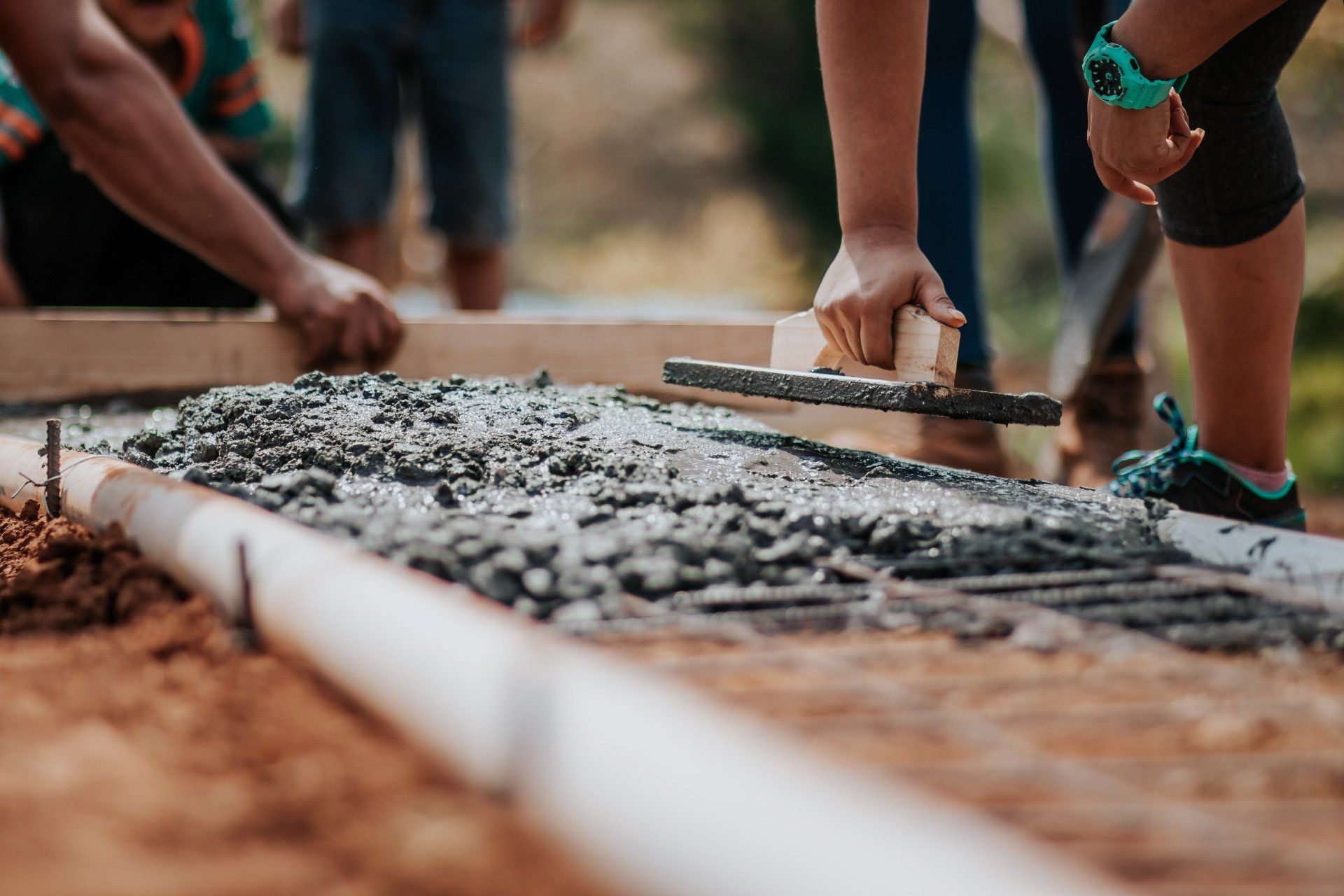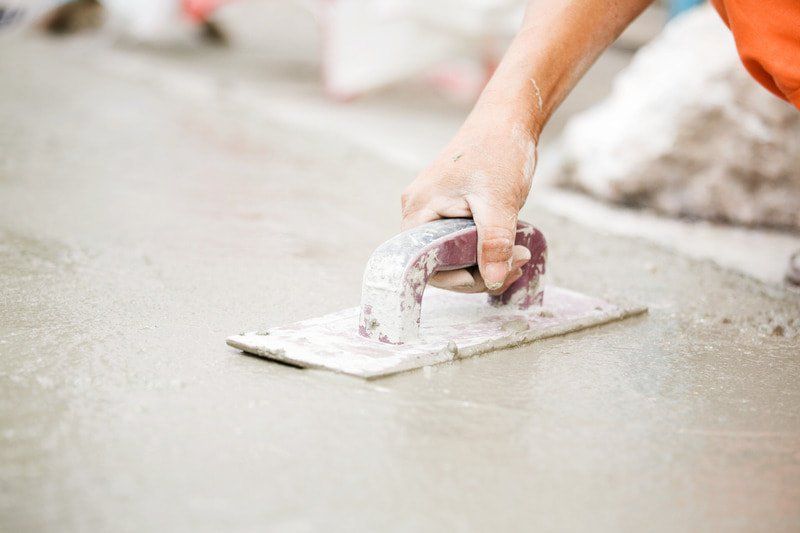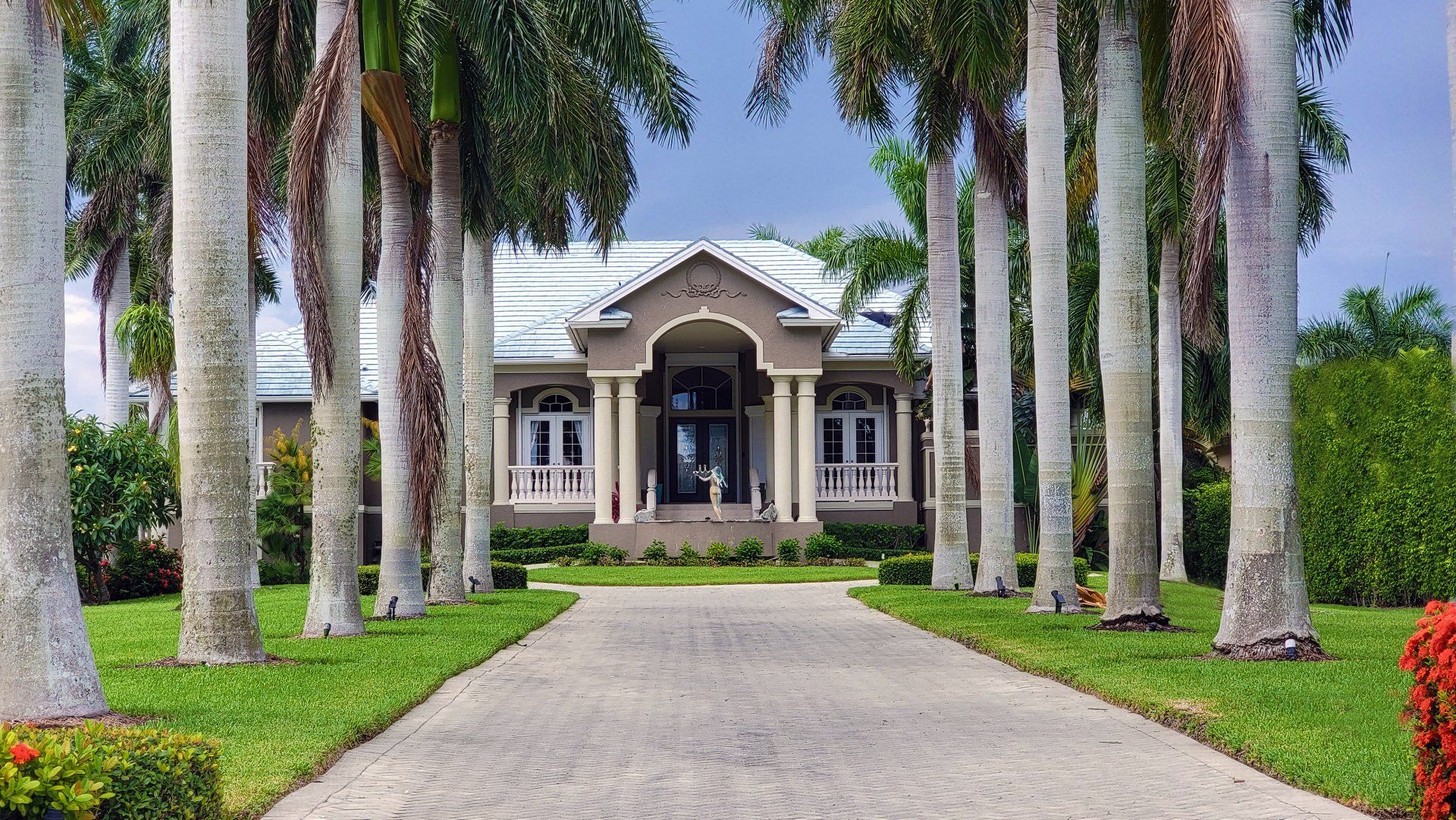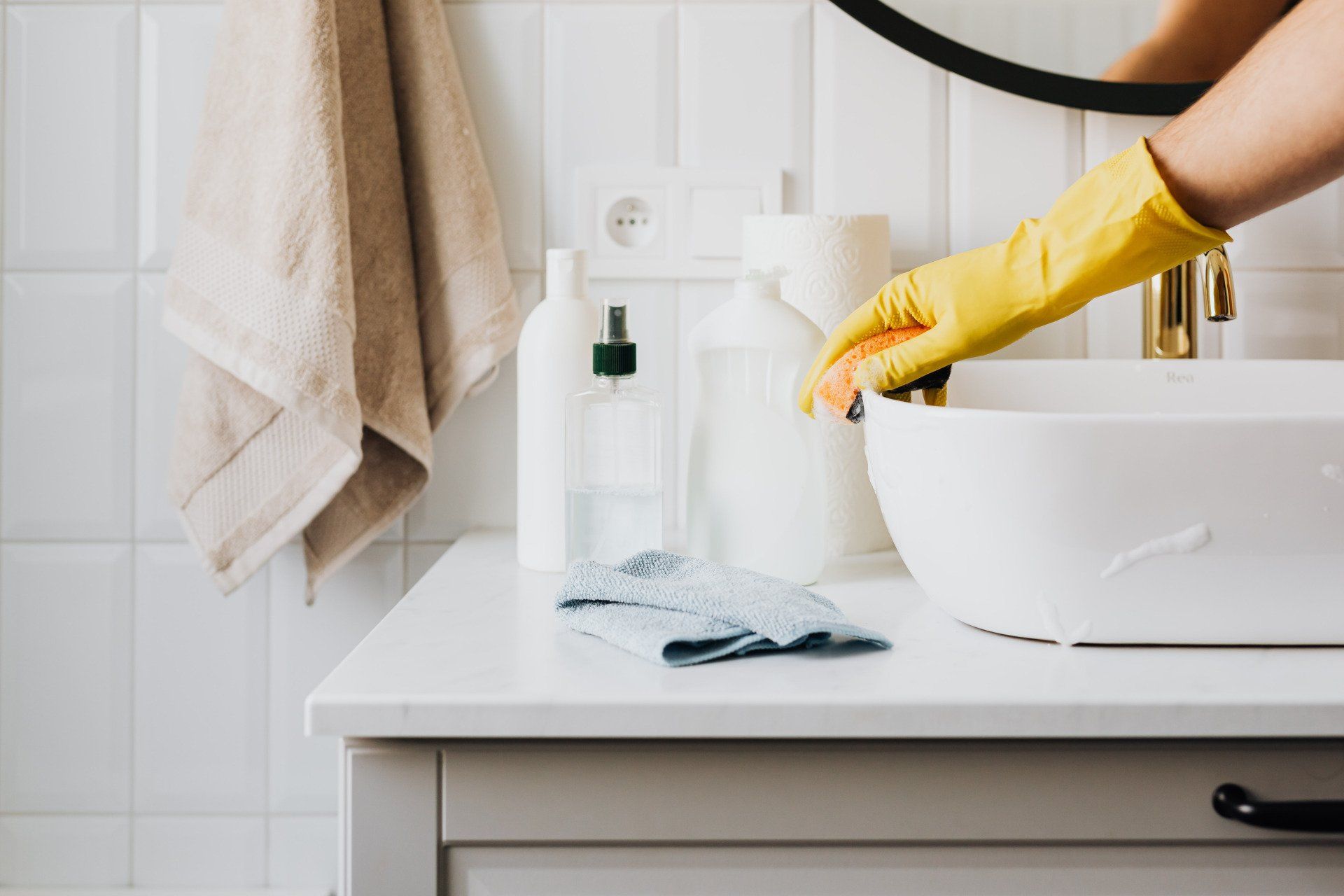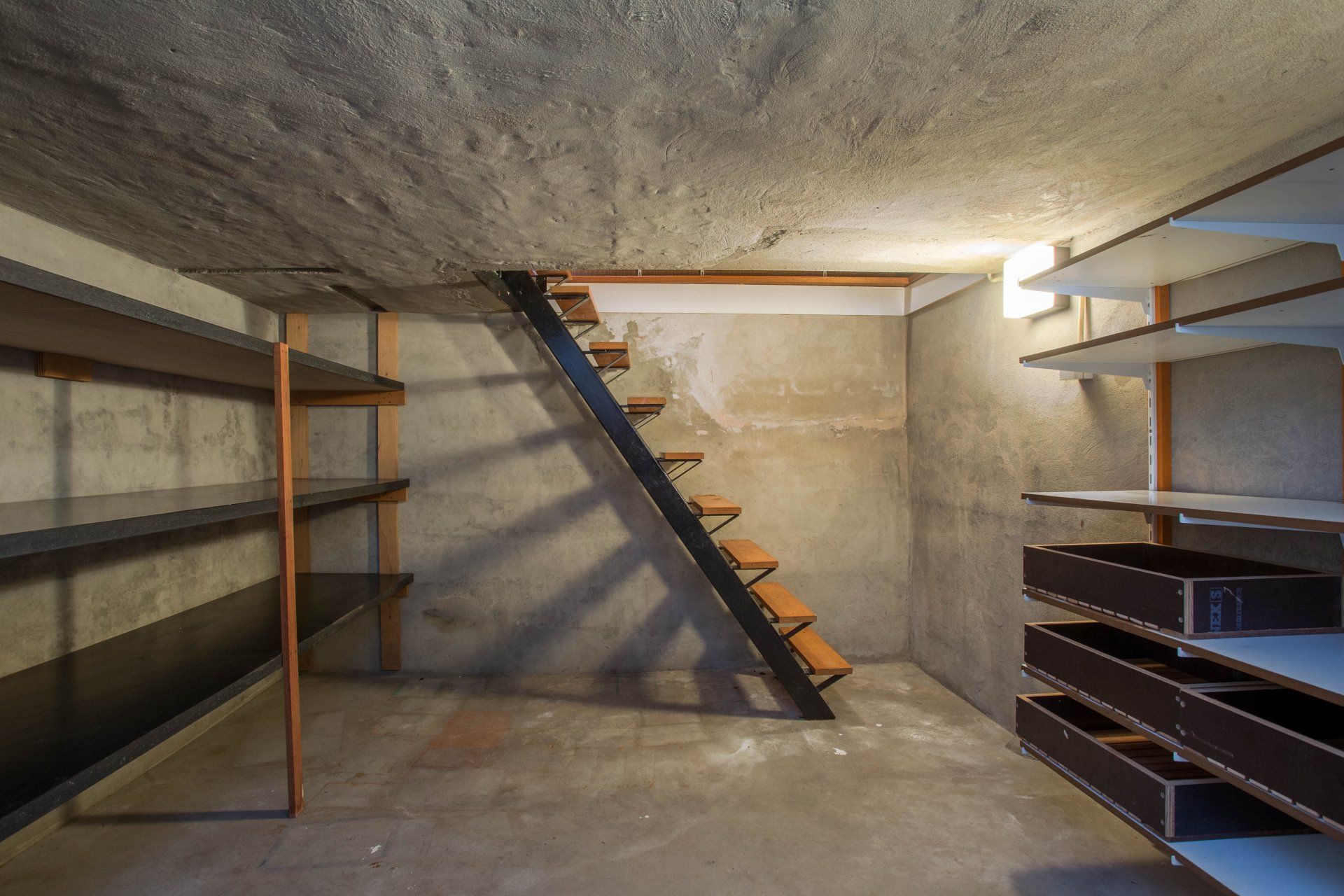Concrete Overlays Explained: Resurface and Repair Existing Concrete
Concrete Overlays Explained: Resurface and Repair Existing Concrete
In the concrete industry, a lot of difficult words fly around. We have found that while clients often have a picture of their desires in their heads, it may be hard to communicate without proper knowledge.
Today, we discuss something that has been around for decades. Something value-adding and beautiful. Something that your concrete driveway will thank you for. Today, we discuss concrete overlays. Let's dive in!
What Are Concrete Overlays?
A concrete overlay is a thin layer of polymer-modified concrete that you add on top of existing concrete to resurface or fix it. You or
your concrete contractor in Orange County can choose to put on the overlay, thin or thick.
There are 4 types of concrete overlays:
- Stamped overlays.
- Concrete micro-topping overlays.
- Self-leveling concrete overlays.
- Multipurpose overlays.
You can use all four types for
concrete repair in Orange County and to decorate existing concrete floors that are already there. It is possible to extend the life of a concrete floor by many years by installing a well-designed and well-built concrete overlay floor.
Depending on the manufacturing company, overlay products have different mixtures and blends. All you need to know is that each product has a different mix of portland cement, aggregates, polymer resins, and polymer-modified additives.
We have all types of concrete overlays put into two groups: the bonded and the unbonded.
Bonded overlays bond with the floor slab beneath them. They are 2 to 5 inches thick and are usually added to an existing pavement to make it stronger or to do preventive maintenance. But if the old floor is in bad shape, you can't use a bonded overlay.
An unbonded concrete overlay is a layer of concrete on top of an existing floor slab. The difference is a layer between the new overlay and the old concrete to keep them from sticking together. Most of these are between 4 and 11 inches thick.
When Do You Use a Concrete Overlay?
An overlay adds beauty and functionality at the same time to your concrete driveway, patio, or pavement. Use a concrete overlay when:
- You want to add a new color, texture, or pattern to your floor. People often put concrete overlays on patios, pool decks, and driveways.
- You want to refinish the concrete floors inside. You can get beautiful colors and patterns by using stains and dyes.
- You want to achieve an even level of smoothness.
- You want to keep a concrete slab or pavement in good shape.
- You want to stop having to replace the concrete.
For decorative concrete resurfacing or repair, you can use a stamped overlay or stained or sprayed overlay.
Stamped Overlays
Stamped overlays look the same as stamped concrete but require less work. After the overlay gets added, it gets marked using a texture or stamp on it.
There are many different styles of stamped concrete. Once stains get added, the concrete can look like brick, stone, marble, slate, tile, wood, and more. Your options for using stamped overlays include patios, driveways, sidewalks, and concrete floors inside homes.
Stained Overlays
Stained overlays are the popular choice in commercial settings. For this type of overlay, a thin layer of polymer overlay is put on top of an existing concrete slab and then stained with one or more natural-looking colors.
Sprayed Overlays
In this case, you use a power sprayer to spray the finish onto the concrete for a spray-down finish.
This type of overlay makes a smooth surface, but a textured surface is possible when you hope to make the surface less slippery. This is a common choice for pool decks. During the application process, you can also add borders for style.
How to Apply Concrete Overlays
Here is a step-by-step guide to applying concrete overlays:
- Inspect the damage on the surface you are going to fix. That means figuring out where the problems are and making plans for how to fix them.
- Clean the surface and fix the places that need to be. Also, ensure the surface is flat if you want the overlay to work well. Cleaning should get rid of any loose dirt, grime, dust, or other things that could stop the overlay from sticking to the surface.
- Use a primer to make sure things will stick.
- Use the concrete topping. Work quickly when pouring and smoothing over the overlay so that you don't end up with weak spots where you worked the overlay too much.
- If you have a pattern in mind, start doing it.
- Let the coating dry overnight.
- In the morning, you can use any concrete stain color you want.
- Lastly, seal the surface with a topcoat to protect the colors and make the surface last longer. Make sure it can stand up to UV rays and get into every nook and cranny. Using two coats to ensure the surface doesn't crack, split, or get wet for a long time is best.
Benefits of Applying Concrete Overlays
You can turn an old floor into a clean canvas with a concrete overlay. Here are some more reasons why concrete overlays are good:
- They can enhance the appearance of your concrete floor by adding different design elements. Concrete overlays let you get creative with pattern and color.
- They fix any visible flaws.
- They boost structural capability.
- They are affordable and considerably cheaper than ceramic tiles.
- They are very durable. They can't break because they get sealed with a penetrating sealer that makes them resistant to scratches and stains.
- They are easy and pretty straightforward to install.
- They come from naturally-occurring elements such as sand, gravel, water, and cement. This makes them very environmentally friendly as compared to wooden options.
- They improve your surface drainage.
- They help smooth out any surface roughness.
In all, concrete overlays are the perfect option to improve the aesthetic excellence of your flooring, as well as to smooth out the roughness of the surface.
That old concrete slab or patio needs only an excellent concrete overlay installation to look fresh and stylish again. But you should know that hiring a professional for this kind of project is advisable. Installing a concrete overlay might sound easy on paper, but it is no small task. Hire a concrete
contractor in Orange County to get the best results and save time!
Orange County Concrete Pavers1133 Camelback St #7124A, Newport Beach, CA 92658(949) 541-0607
All Rights Reserved | Orange County Concrete Pavers
